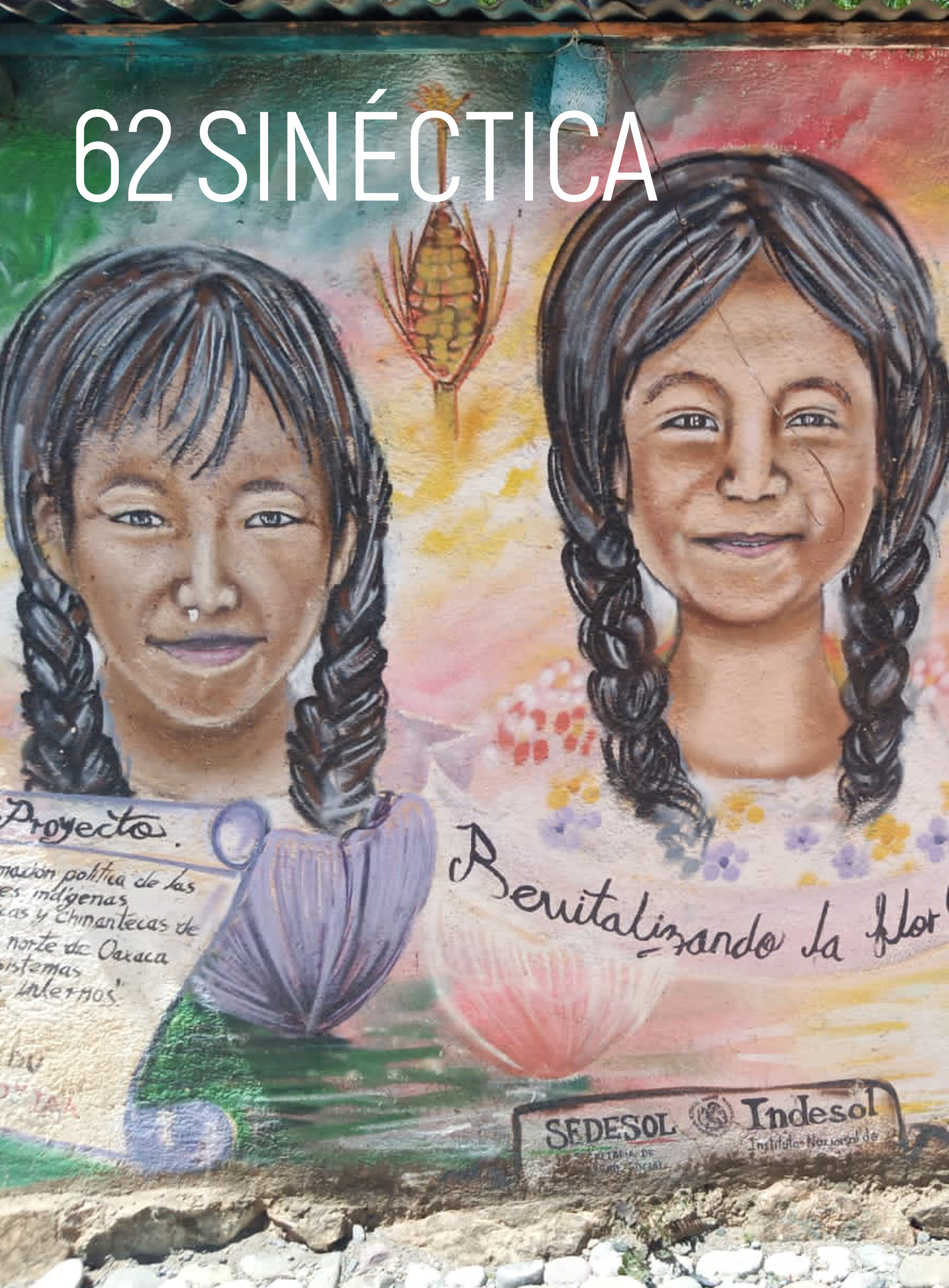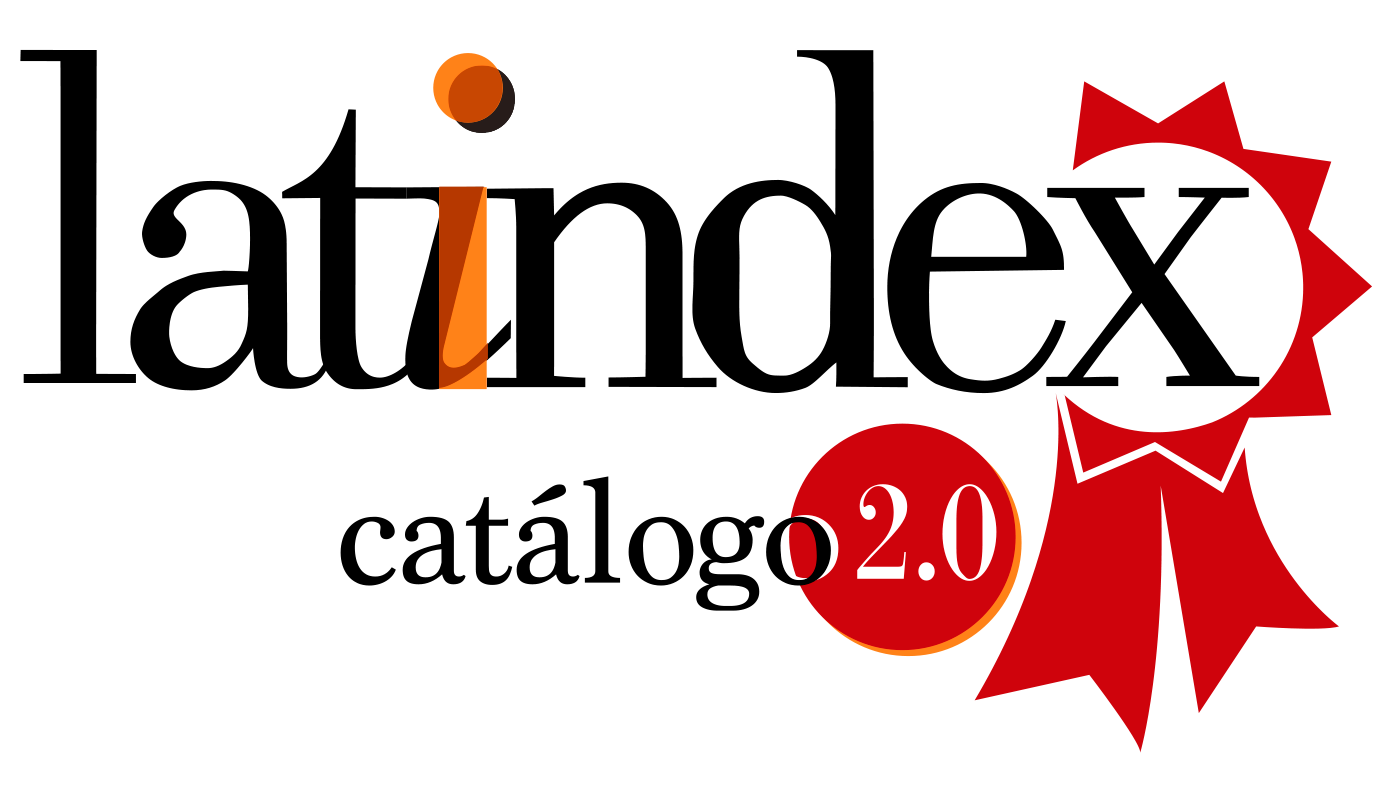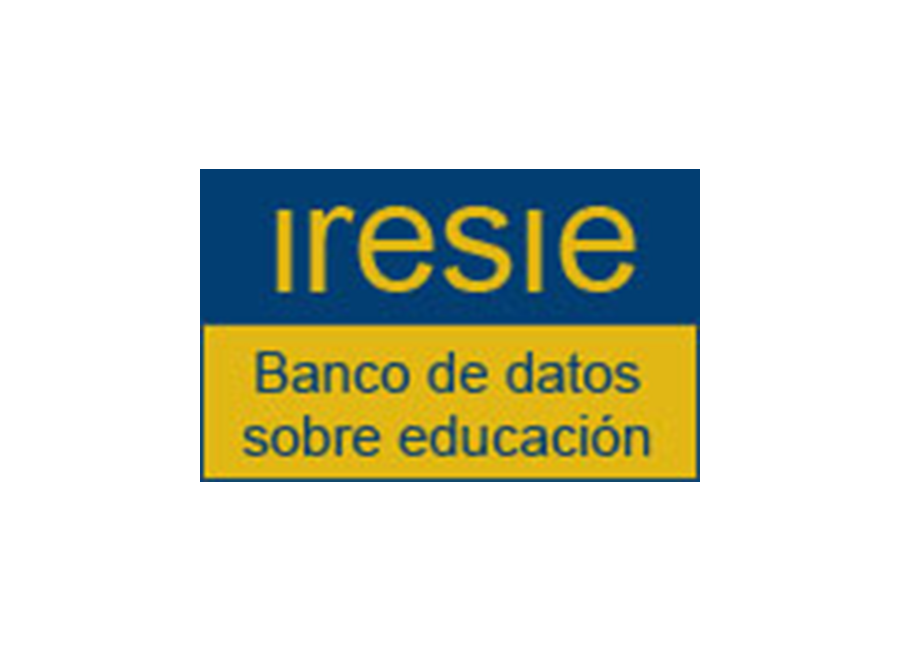The role of mentoring in the professional image construction
DOI:
https://doi.org/10.31391/S2007-7033(2020)0055-013Keywords:
mentoring, professional image, legal profession, social skills, work dressAbstract
This research analyses the informal mentoring influence in the professional image construction of recent law graduates. Mentors are usually professional image models for their apprentices, for they teach them to project technical efficiency and sociocultural consistency in their daily performance. Both characteristics are valuable in institutionalized organizations, such as those dealing with legal matters, where not only specialized knowledge is expected from new graduates, but also satisfactory and suitable behavior as well as a certain appropriate dress code for this kind of organizational culture. A qualitative perspective was used to analyze the data obtained through interviews with law graduates from private and public institutions in México State. The results show that clothing is a powerful sign of professional competence, although its value depends on different elements.
Downloads
References
Alvesson, M. (2001). Knowledge work: Ambiguity, image and identity. Human Relations, núm. 7, vol. 54, pp. 863-886. doi.org/10.1177/0018726701547004
Asociación de la Barra de los Estados Unidos (2012a). Índice para la reforma de la educación jurídica. Estados Unidos de América.
Asociación de la Barra de los Estados Unidos (2012b). Índice para la reforma de la profesión jurídica. Estados Unidos de América.
Barretti, M. (2004). What do we know about the professional socialization of our students? Journal of Social Work Education, núm. 2, vol. 40, pp. 255-283. doi: 10.1080/10437797.2004.10778493
Bolino, M., Long, D. & Turnley, W. (2016). Impression management in organizations: Critical questions, answers, and areas for future research. Annual Review of Organizational Psychology and Organizational Behavior, vol. 3, pp. 377-406. doi: 10.1146/annurev-orgpsych-041015-062337
Bourgoin, A. & Harvey, J. F. (2018). Professional image under threat: Dealing with learning-credibility tension. Human Relations, núm. 12, vol. 71, pp. 1611-1639. doi: 10.1177/0018726718756168
Camp, R. A. (2006). Las élites del poder en México: perfil de una elite de poder para el siglo XXI. Ciudad de México: Siglo XXI Editores.
Collins, R. (1989). La sociedad credencialista: sociología histórica de la educación y de la estratificación. Madrid, España: Ediciones Akal.
Dezalay, Y. & Garth, B. (1997). Law, lawyers and social capital: Rule of law' versus relational capitalism. Social & Legal Studies, núm. 1, vol. 6, pp. 109-141. https://doi: 10.1177/096466399700600105
Ehrich, L. C., Hansford, B. & Tennent, L. (2004). Formal mentoring programs in education and other professions: A review of the literature. Educational Administration Quarterly, núm. 4, vol. 40, pp. 518-540. https://doi: 10.1177/0013161X04267118
Goffman, E. (1989). La presentación de la persona en la vida cotidiana. Buenos Aires: Amorrortu Editores.
Ibarra, H. (1999). Provisional selves: Experimenting with image and identity in professional adaptation. Administrative Science Quarterly, núm. 4, vol. 44, pp. 764-791. https://doi.org/10.2307/2667055
Kay, F. M., Hagan, J. & Parker, P. (2009). Principals in practice: The importance of mentorship in the early stages of career development. Law & Policy, núm. 1, vol. 31, pp. 69-110. https://doi.org/10.1111/j.1467-9930.2008.00285.x
Mayer-Sommer, A. P. & Loeb, S. E. (1981). Fostering more successful professional socialization among accounting students. The Accounting Review, núm. 1, vol. 56, pp. 125-136. Recuperado de https://www.jstor.org/stable/246468
McManus, E. K. (2005). Intimidation and the culture of avoidance: Gender issues and mentoring in law firm practice. Fordham Urban Law Journal, núm. 1, vol. 33, pp. 1-14. Recuperado de https://ir.lawnet.fordham.edu/ulj/vol33/iss1/7
Merriam, S. B. (1998). Qualitative research and case study applications in education: Revised and expanded from case study research in education. San Francisco, CA: Jossey-Bass Publishers.
Peluchette, J. V. & Karl, K. (2007). The impact of workplace attire on employee self‐perceptions. Human Resource Development Quarterly, núm. 3, vol. 18, pp. 345-360. https://doi.org/10.1002/hrdq.1208
Peluchette, J. V., Karl, K. & Rust, K. (2006). Dressing to impress: Beliefs and attitudes regarding workplace attire. Journal of Business and Psychology, núm. 1, vol. 21, pp. 45-63. https://doi.org/10.1007/s10869-005-9022-1
Peñaloza, I. (1997). Facultad de derecho: una larga tradición. Estado de México, México: Cuadernos Universitarios UAEMex.
Ramaswami, A., Dreher, G. F., Bretz, R. & Wiethoff, C. (2010). The interactive effects of gender and mentoring on career attainment: Making the case for female lawyers. Journal of Career Development, núm. 4, vol. 37, pp. 692-716. https://doi.org/10.1177/0894845309358886
Roberts, L. M. (2005). Changing faces: Professional image construction in diverse organizational settings. Academy of Management Review, núm. 4., vol. 30, pp. 685-711. https://doi.org/10.5465/amr.2005.18378873
Roberts, L. M., Dutton, J. E., Spreitzer, G. M., Heaphy, E. D. & Quinn, R. E. (2005). Composing the reflected best-self portrait: Building pathways for becoming extraordinary in work organizations. Academy of Management Review, núm. 4, vol. 30, pp. 712-736. https://doi.org/10.5465/amr.2005.18378874
Schön, D. (1998). El profesional reflexivo: cómo piensan los profesionales cuando actúan. Barcelona, España: Paidós.
Swap, W., Leonard, D., Shields, M. & Abrams, L. (2001). Using mentoring and storytelling to transfer knowledge in the workplace. Journal of Management Information Systems, núm. 1, vol. 18, pp. 95-114. https://doi.org/10.1080/07421222.2001.11045668
Turnley, W. H. & Bolino, M. C. (2001). Achieving desired images while avoiding undesired images: Exploring the role of self-monitoring in impression management. Journal of Applied Psychology, núm. 2, vol. 86, pp. 351-360. https://doi.org/10.1037//0021-9010.86.2.351
Van Emmerik, I. H. (2004). The more you can get the better: Mentoring constellations and intrinsic career success. Career Development International, núm. 6, vol. 9, pp. 578-594. https://doi.org/10.1108/13620430410559160
Downloads
Published
Issue
Section
License
Copyright (c) 2020 Sinéctica

This work is licensed under a Creative Commons Attribution-NonCommercial 4.0 International License.
This work is licensed under a Creative Commons Attribution-NonCommercial 4.0 International license.
Authors who publish in Sinéctica agree to the following terms:
The authors retain copyright and grant the journal the right of first publication of the authorized work simultaneously under a Creative Commons Attribution License, which allows others to share the work as long as both the authorship of the work and the initial publication in this journal are acknowledged.
Authors may enter into additional separate contractual agreements for non-exclusive distribution of the published version of the journal (e.g., publishing in an institutional repository or a book), with acknowledgement of initial publication in this journal.
Authors are allowed to publish their work in institutional repositories or on their own website before and during the submission process, as it may generate productive exchanges, as well as earlier and greater citation of the published work.
Explanatory note: As of 2017 Sinéctica is governed by the Creative Commons Attribution Non-Commercial 3.0 International License, a version that standardizes licenses internationally.
Articles published between 1992 and 2016 are covered by a Creative Commons Attribution-NonCommercial-NoDerivatives 4.0 International license, which allows a work to be shared and distributed non-commercially and with acknowledgement of the author, but prohibits modification of the original creation.






















